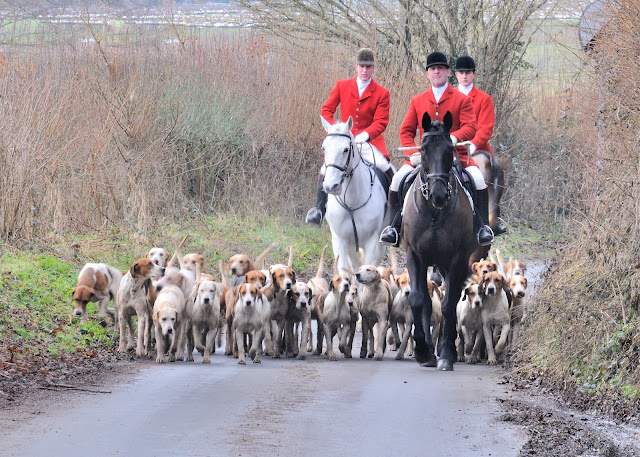After the cold of Winter it is always a heartwarming sight to see the first signs of spring. A visit to the Castle grounds in Colchester provided a perfect opportunity to see Crocus in their glory. Well worth a look.
Crocus in the Colchester Castle Park
Close up of some of these glorious little flowers.
Then, to see a great display of Snowdrops, a visit to another castle, this time Hedingham. Open every year for this beautiful display
Some closer images of the Snowdrops.
Spring would not be complete without Catkins! This display was in Lackford Lakes, north of Bury St Edmunds.
Beside numerous other buds appearing in the hedgerow, there were plenty of Horse Chestnut buds to be seen. It just lifts the spirits to see winter retreating and Spring and Summer just round the corner!
Then, of course, there are Daffodils. Always a Spring favourite.
Forsythia in full bloom
Cherry Plum (Nigra)
Early visitor to the Blackthorn
A mass of Blackthorn
Cherry Plum, an annual display we all love to see. So, a great start to 2011, here's to looking forward!

























































